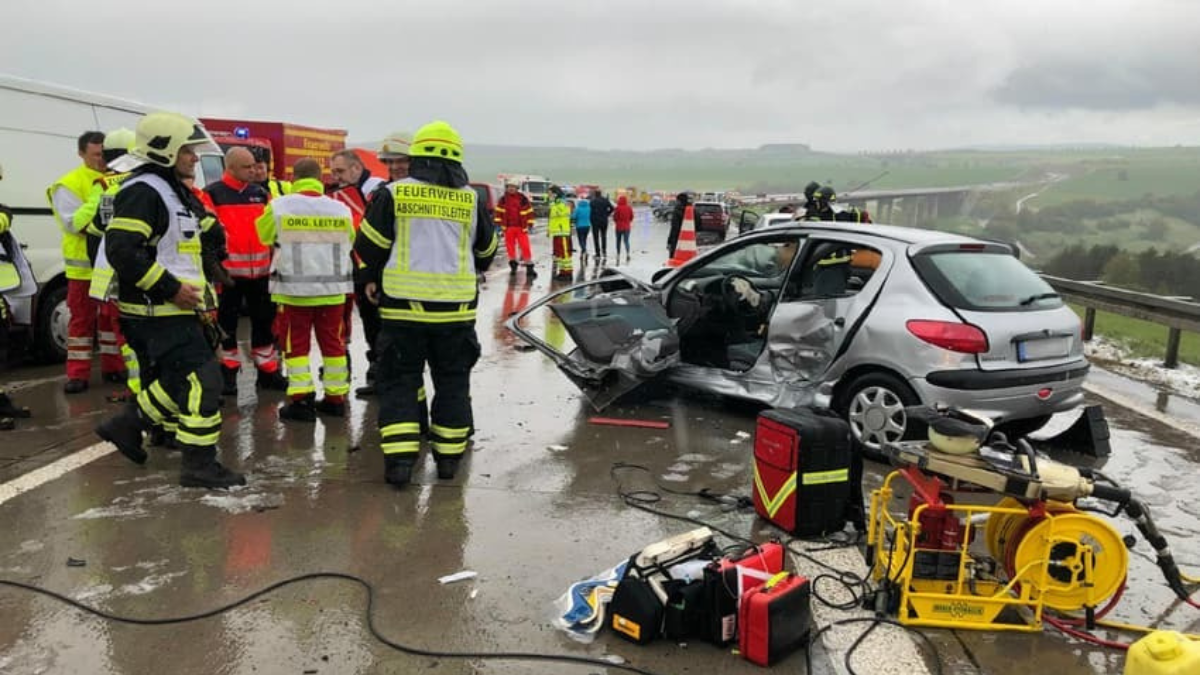Introduction
Being involved in a car accident can be a traumatic and overwhelming experience. In the aftermath of a collision, it’s essential to remain calm and take the necessary steps to ensure your safety, protect your legal rights, and handle the situation responsibly.
In this comprehensive guide, we’ll outline the steps you should take after a car accident to navigate the aftermath effectively and minimize stress and confusion.
Step 1: Assess the Situation
- Check for Injuries: Immediately after the accident, check yourself and others involved for injuries. If anyone is injured, call emergency services and request medical assistance.
- Move to a Safe Location: If possible, move your vehicle to the side of the road or a safe location away from traffic to prevent further accidents or injuries.
- Turn on Hazard Lights: Activate your hazard lights to alert other drivers to the accident scene and increase visibility.
Step 2: Call the Police
- Report the Accident: Contact the police and report the accident, providing details such as the location, the number of vehicles involved, and any injuries.
- Cooperate with Law Enforcement: Provide the police with accurate information about the accident and comply with any instructions or requests for documentation.
Step 3: Gather Information
- Exchange Information: Exchange contact, insurance, and vehicle information with the other driver(s) involved in the accident, including names, addresses, phone numbers, insurance policy numbers, and vehicle registration details.
- Document the Scene: Take photos of the accident scene, including vehicle damage, road conditions, traffic signs, and any visible injuries. Record the names and badge numbers of responding police officers.
Step 4: Notify Your Insurance Company
- Report the Accident: Contact your insurance company as soon as possible to report the accident and initiate the claims process. Provide them with all relevant details and documentation, including the police report and photos of the accident scene.
- Follow Instructions: Follow your insurance company’s instructions regarding the claims process, including filing paperwork, obtaining repair estimates, and scheduling vehicle inspections.
Step 5: Seek Medical Attention
- Assess Injuries: Even if you don’t initially feel injured, it’s crucial to seek medical attention promptly after a car accident. Some injuries, such as whiplash or concussions, may not present symptoms immediately but can worsen over time.
- Document Injuries: Keep detailed records of any injuries sustained in the accident, including medical reports, diagnostic tests, treatment plans, and medical bills. These documents will be essential for insurance claims and potential legal proceedings.
Step 6: Follow Up and Document
- Follow Up with Medical Providers: Attend all scheduled medical appointments and follow your healthcare provider’s recommendations for treatment and rehabilitation.
- Keep Records: Keep thorough records of all medical treatments, expenses, and lost wages resulting from the accident. This documentation will be crucial for insurance claims and potential legal action.
Step 7: Consider Legal Options
- Consult with an Attorney: If you’ve been injured in a car accident due to another party’s negligence, consider consulting with a personal injury attorney. An experienced attorney can help protect your legal rights, negotiate with insurance companies, and pursue compensation for your injuries and damages.
- Know Your Rights: Familiarize yourself with your rights under state laws regarding car accidents, insurance claims, and personal injury lawsuits. Understand the statute of limitations for filing a claim and take action within the required timeframe if necessary.
Step 8: Repair or Replace Your Vehicle
- Obtain Repair Estimates: Get repair estimates from trusted auto repair shops or mechanics to assess the extent of damage to your vehicle.
- Coordinate with Insurance: Work with your insurance company to coordinate repairs or arrange for a vehicle replacement if your car is deemed a total loss.
- Keep Records: Keep detailed records of all repair costs, invoices, and communications with your insurance company regarding vehicle repairs or replacement.
Step 9: Follow Up on Legal and Financial Matters
- Monitor Insurance Claims: Stay informed about the status of your insurance claims and follow up with your insurance company as needed to ensure timely processing and resolution.
- Attend Legal Proceedings: If you pursue legal action against the at-fault party, attend any scheduled legal proceedings, such as depositions, hearings, or mediation sessions, as required.
- Review Settlement Offers: If you receive a settlement offer from the insurance company or the at-fault party’s legal representatives, carefully review the terms and consult with your attorney before accepting or rejecting the offer.
Step 10: Practice Safe Driving Habits
- Learn from the Experience: Reflect on the circumstances that led to the accident and identify any behaviors or actions that could be improved to prevent future accidents.
- Practice Defensive Driving: Adopt defensive driving techniques to anticipate and avoid potential hazards on the road. Stay focused, attentive, and vigilant while driving, and obey traffic laws and regulations at all times.
Conclusion
Being involved in a car accident can be a stressful and challenging experience, but taking the appropriate steps in the aftermath can help protect your safety, preserve your legal rights, and facilitate the resolution of insurance claims and legal matters.
By following the comprehensive guide outlined above, you can navigate the aftermath of a car accident with confidence and ensure a smoother recovery process. Remember to prioritize safety, seek medical attention for any injuries, document the accident scene and your injuries, and consider seeking legal advice if needed.
With patience, diligence, and perseverance, you can effectively manage the aftermath of a car accident and move forward toward a positive resolution.
